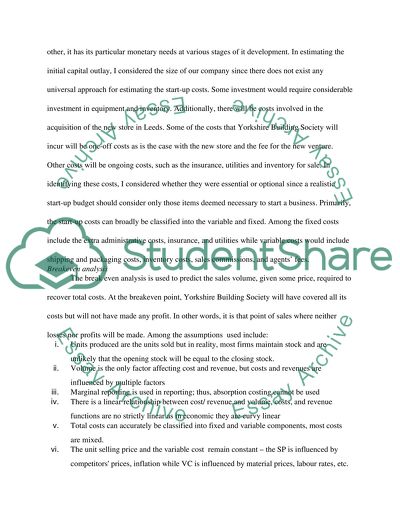Cite this document
(Strategic Planning for Yorkshire Building Society Case Study - 23, n.d.)
Strategic Planning for Yorkshire Building Society Case Study - 23. Retrieved from https://studentshare.org/finance-accounting/1685974-report
Strategic Planning for Yorkshire Building Society Case Study - 23. Retrieved from https://studentshare.org/finance-accounting/1685974-report
(Strategic Planning for Yorkshire Building Society Case Study - 23)
Strategic Planning for Yorkshire Building Society Case Study - 23. https://studentshare.org/finance-accounting/1685974-report.
Strategic Planning for Yorkshire Building Society Case Study - 23. https://studentshare.org/finance-accounting/1685974-report.
“Strategic Planning for Yorkshire Building Society Case Study - 23”, n.d. https://studentshare.org/finance-accounting/1685974-report.


